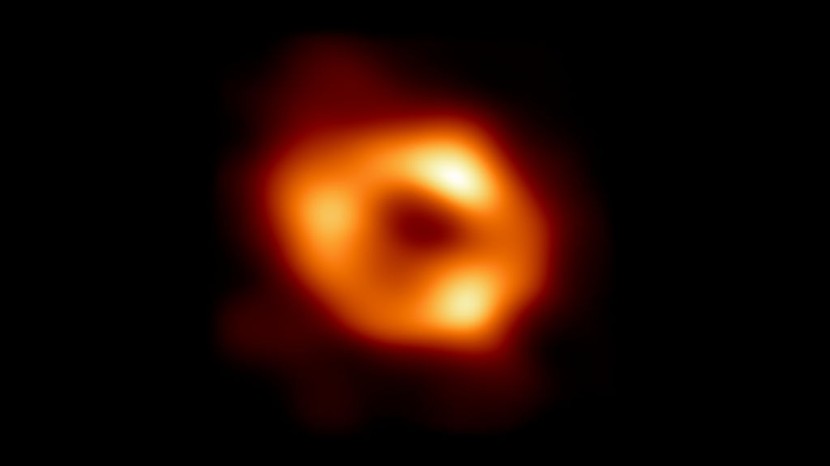Scientists have unveiled the first photo that showed violent events unfolding around a black hole. It also includes the launching point of a huge jet of high-energy particles shooting outward into space.
The images were captured via 16 telescopes at various locations on Earth. The supermassive black hole that was captured is at the center of a relatively nearby galaxy, Messier 87 or M87, about 54 million light-years from Earth, according to Reuters.
The images showed the darkness of the black hole with a ring of bright material plunging into it. They show how the base of such a jet connects with material swirling around the black hole in a ring-like way.
The image is a major scientific achievement and provides new insights into the behavior of black holes. The team hopes to capture more images of black holes in the future, which could help scientists better understand the physics of these enigmatic objects.
Read also: Astrophysicists Propose More Insights About Life Stages of Supermassive Black Holes Based on Study
How Black Holes Can Help Scientists
Black holes are one of the most mysterious and fascinating objects in the universe, and studying them can provide valuable insights into astrophysics and the nature of space-time. Here are some ways black holes can help scientists:
Black holes are a perfect laboratory to test Einstein's theory of general relativity, which describes the behavior of gravity. By studying how black holes warp space-time, scientists can test whether Einstein's theory holds up in extreme conditions.
Additionally, black holes play a key role in the formation and evolution of galaxies. Studying how black holes accrete matter and release energy can help scientists understand how galaxies form and evolve over time.
Studying the first black holes that formed after the Big Bang can provide insights into the early universe and the conditions that existed shortly after the beginning of time.

Black holes are also a testing ground for quantum mechanics, the theory describing matter and energy behavior at the smallest scales. Scientists can test whether quantum mechanics hold up in extreme conditions by studying the interaction between black holes and quantum fields.
Overall, black holes are a fascinating and important area of study for scientists, and the recent image captured is a major step forward in our understanding of these enigmatic objects.
In addition to their scientific significance, black holes also capture the imagination of people around the world. They have been featured in countless works of science fiction and are often portrayed as terrifying entities that swallow everything in their path.
However, while it is true that anything that gets too close to a black hole will be pulled into its gravitational field and destroyed, they do not threaten Earth or our solar system. In fact, there are no known black holes within several thousand light years from us.
Despite this distance between us and these powerful objects, scientists continue to study them with intense curiosity. By unraveling some of the mysteries surrounding black holes - such as how they form and grow over time - we can gain new insights into fundamental questions about our universe's origins and evolution.
The recent image captured by astronomers has already provided invaluable data for researchers hoping to better understand these elusive phenomena. As technology continues advancing at an unprecedented rate, we can expect even more groundbreaking discoveries related to black holes in the near future!
© 2025 HNGN, All rights reserved. Do not reproduce without permission.








